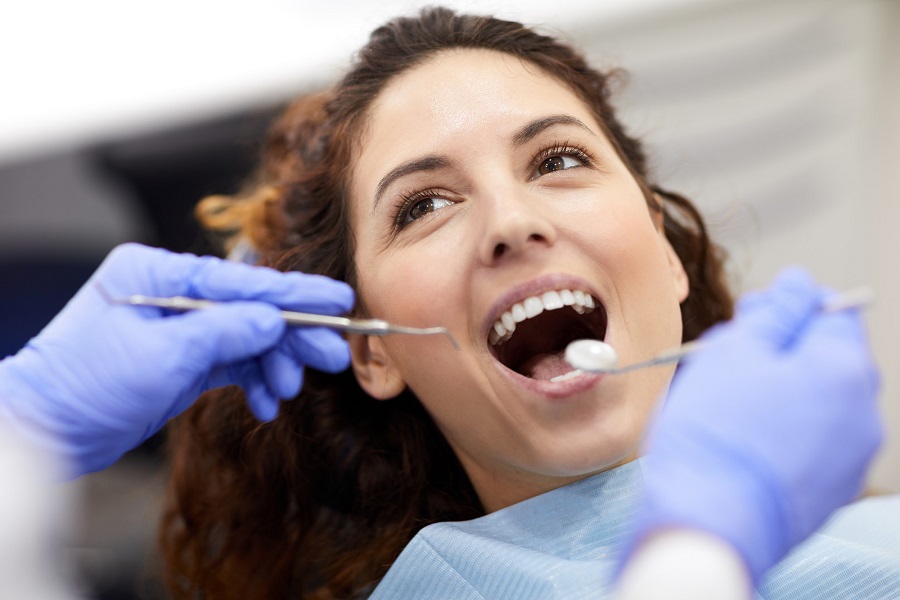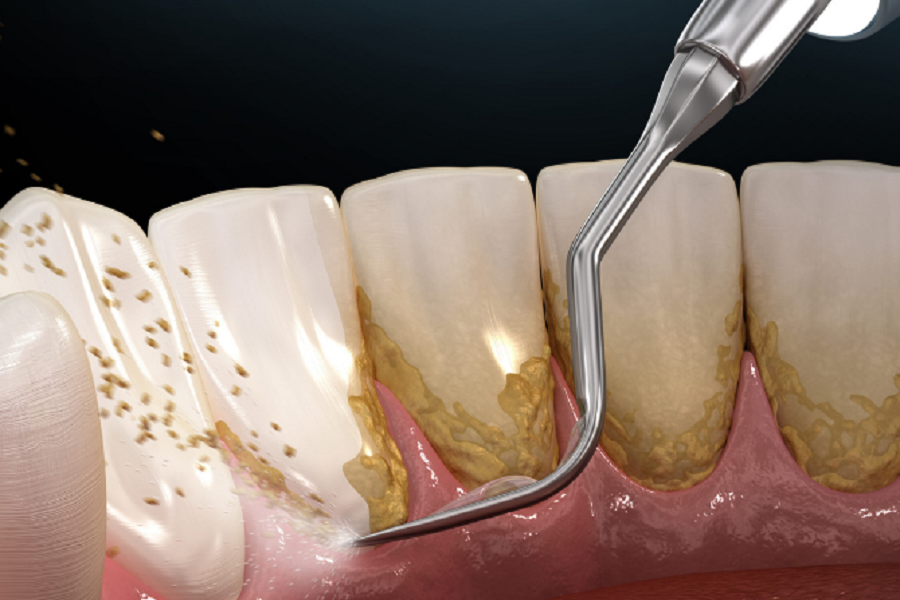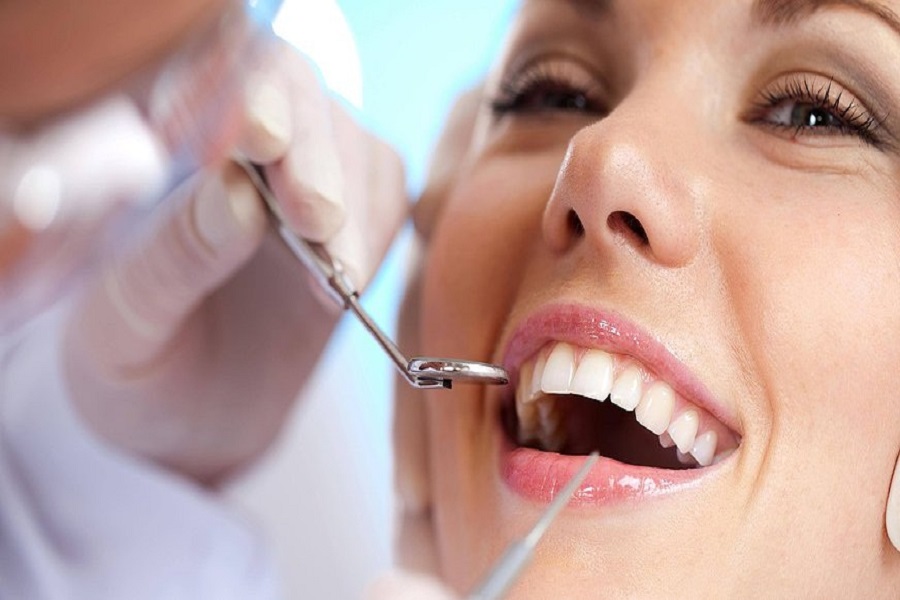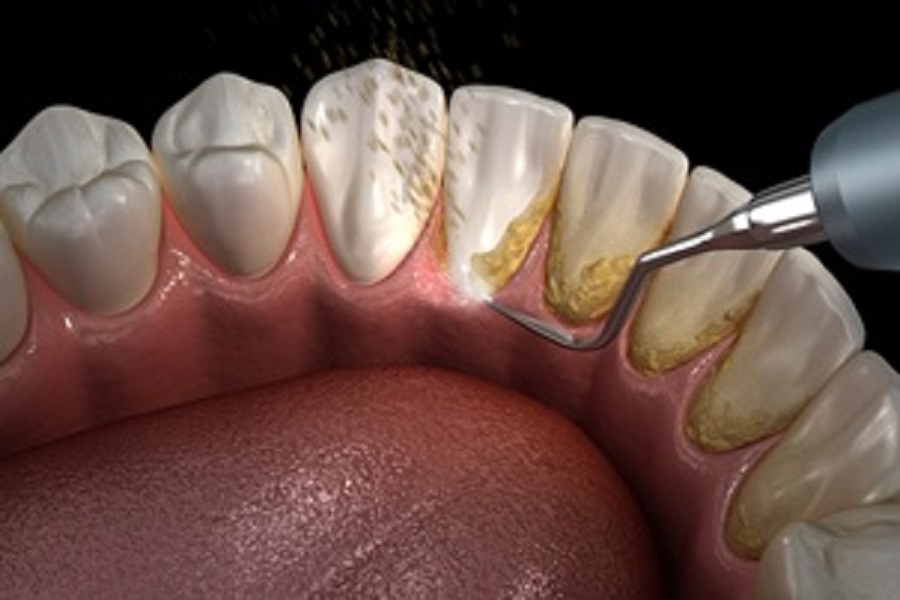With the improvement of people’s health awareness, teeth cleaning has become an important means of people’s daily dental care. But many people don’t know that in order to wash their teeth cleanly and thoroughly, there is actually one more step – sandblasting. What the hell are you washing your teeth? First, let’s talk about the three major enemies of our oral health: pigment, plaque and calculus. Brushing our teeth every day can only remove most of the bacteria, and a lot of plaque and calculus will accumulate over a long period of time. At present, ultrasonic cleaning is more commonly used for tooth cleaning. It uses the high-frequency and high-energy vibration generated by ultrasonic waves to crush the calculus, plaque and other stains on the surface of the teeth through the working head of the ultrasonic cleaning machine, and then passes the water mist generated by the instrument. Washing down the gravel and plaque can effectively clean the teeth and prevent periodontal disease. Do you need to sandblast your teeth? Some doctors recommend sandblasting for cleaning customers.
The customer is puzzled: why do we need to do sandblasting? Can ultrasound still clean teeth? Yes, ultrasonic waves can’t really wash off the residual pigment. Ultrasonic cleaning can only vibrate the calculus in the mouth. After cleaning, the residual pigment on the tooth surface needs to be sandblasted. The so-called “sand” in sandblasting is actually a kind of biological sea salt, which immediately dissolves in saliva and forms hypertonic saline. It not only does not damage the tooth surface, but also has anti-inflammatory and bactericidal effects. With the help of water mist sprayed under a certain pressure, “sand” is sprayed to the teeth to clean and lubricate the surface of the teeth, so as to slow down the further formation of dental calculus. Ultrasonic sandblasting refers to adding special sandblasting powder for cleaning teeth during the cleaning process, and spraying high-pressure air, water and sand powder on the tooth surface through a sandblasting machine to remove pigment and plaque. Sandblasting has a good effect on plaque, pigment and pigmentation on the tooth surface in the interdental space that cannot be cleaned by ultrasonic waves. Neighbors can consult a doctor at a professional and regular dental institution if sandblasting is required.
People with better oral health care can avoid sandblasting after cleaning their teeth. However, those who are addicted to tobacco, tea, and those who are prone to food pigment accumulation are advised to add sandblasting treatment when cleaning their teeth, which can not only prolong the time for teeth to become dirty, but also improve It can better remove heavy smoke stains, tea stains and pigments, and clean the stains in the mouth. It can also reduce the chance of soft scale accumulation and hinder the formation of calculus, thereby preventing the occurrence of periodontal disease or reducing the chance of periodontal disease recurrence. No matter whether it is sandblasted or not, scaling your teeth is not a one-time-for-all. To maintain long-term periodontal health, you must regularly visit a regular dental hospital for scaling. Dentists recommend cleaning your teeth at least once or twice a year.
After teeth cleaning, if periodontal disease is found, the dentist will conduct professional oral treatment in time to maintain oral health.






























